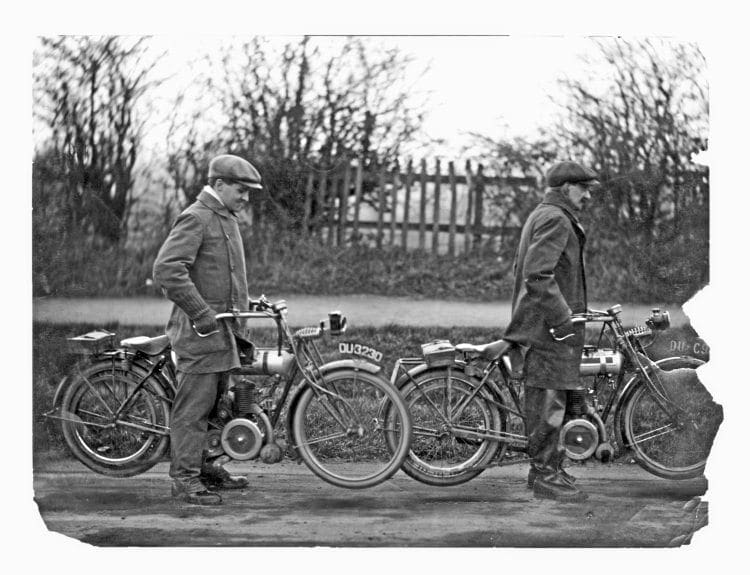Triumph histories devote pages to lusty belt-drive veteran singles, the First World War DR favourite Model H, Turner’s twins, Cubs, Terriers and more. But often Triumph’s
two-strokes are at best given a couple paragraphs, or ignored. Time to let them speak.
Words: Richard Rosenthal – Photography: Mortons Archive
No brief magazine feature can cover in detail a subject as wide as the Triumph two-stroke models. No exception, this article focuses only on the models that reached the factory production lines, albeit in small numbers in some cases.
Enjoy more Classic MotorCycle reading in the monthly magazine.
Click here to subscribe & save.

Despite being almost totally overlooked by many, these models were sound and some rivals would have been happy to have included them in their catalogues – Junior, 2hp, Junior Lightweight, Lightweight, LW and ‘Baby’.
The Baby (nickname) Triumph story is incomplete without mentioning Charles Hathaway. Often overlooked or forgotten, Charles was almost as influential in early Triumph development as company founder Siegfried Bettmann and engineer Mauritz Schulte.
Works manager for much of his time with Triumph, Hathaway was a capable engineer and able motorcycle designer. He first gained attention when he worked with Schulte to design and see the first ‘all’ Triumph motorcycle, with own-made engine, into production. Although this machine was less than perfect initially and famously wore its cylinder barrel and piston rings rapidly, as reported by Ixion in period, the pair had the good sense to seek advice from metallurgists. Within months it was not only the motorcycle to beat in terms of robust reliability, but also one of the most copied machines in motorcycle history.
Read more in February’s issue of TCM
Advert
 Enjoy more The Classic MotorCycle reading in the monthly magazine. Click here to subscribe.
Enjoy more The Classic MotorCycle reading in the monthly magazine. Click here to subscribe.



